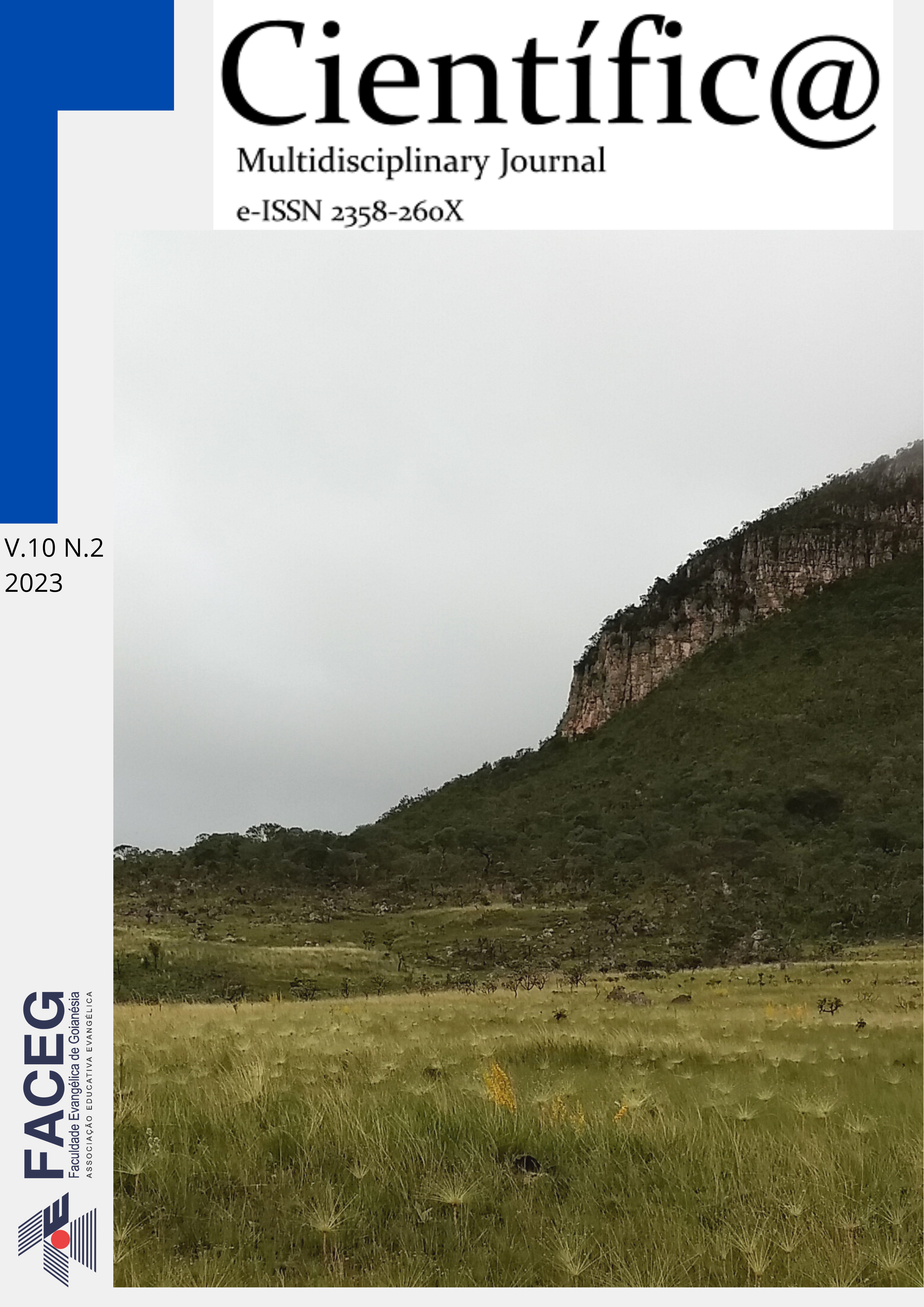BIOPLASTIC PRODUCTION ADDITIVE WITH GLIRICIDIA
DOI:
https://doi.org/10.37951/2358-260X.2023v10i2.6729Abstract
The increase in the unbridled consumption of plastic contributed to its presence in large quantities in urban waste. Polypropylene is one of the most used polymers in the manufacture of flexible plastic packaging and the accumulation of these materials in the environment, especially in the oceans, has caused several negative impacts on the planet's biodiversity. An alternative to the problems caused by the undue disposal of these residues would be the replacement of traditional plastics by biodegradable and compostable polymers from renewable sources whose life cycle tends to be less polluting, since, under favorable conditions, they degrade in biologically active environments, not producing toxic waste to the environment. Aiming at these benefits, this work aimed to create a new type of bioplastic from an unconventional source of raw material, Glycocydia. Gliricidia leaves were collected near an experimental area of the IFRR/Campus New Paradise, after they were obtained, were taken to the Chemistry and Biology Laboratory, the leaves were washed with running water and distilled water to eliminate possible contaminations that compromised the research processes. For bioplastic production, 10 tests containing different formulations were performed. The mixtures followed the same elaboration process, each material was weighed according to its formulation, placed in a bequer of 150 ml and mixed manually with the aid of a glass stick, after mixed the materials followed to a magnetic stirrer with heating to boil the mixture for about 15 minutes, so the biopolymer was synthesized. The materials after ready were placed in petri dishes and placed in a greenhouse of forced circulation at 65° C for a period of 12 hours. Despite all the different formulations, only three obtained promising results, being formulation 1, formulation 3 and formulation 4, on the other hand, formulations 1 and 4, although they do not present polymeric characteristics, presented similar consistency to that of a cardboard, as well as its resistance to mechanical forces and with a peculiar aspect, and may be able to expand in the presence of water and not degrade its structure, returning to the normal state after losing all moisture, these characteristics were present in greater quantity in formulation 1 that presented higher sensitivity of water absorption, on the other hand, formulation 4 was almost totally impermeable, but with capacities similar to formulation 1 but reduced when compared to it. The materials obtained in the research, even if they are not polymeric, can be applied in different areas of the industry, such as in forms of composites in the automotive industry or as an insum of strengthening in the structure of civil constructions, the so-called composites.
Downloads
Published
How to Cite
Issue
Section
License
Esta revista oferece acesso livre imediato ao seu conteúdo, seguindo o princípio de que disponibilizar gratuitamente o conhecimento científico ao público proporciona maior democratização mundial do conhecimento.
A partir da publicação realizada na revista os autores possuem copyright e direitos de publicação de seus artigos sem restrições.
A Revista Científic@ - Multidisciplinary Journal segue os preceitos legais da licença Creative Commons - Atribuição-NãoComercial 4.0 Internacional. 

